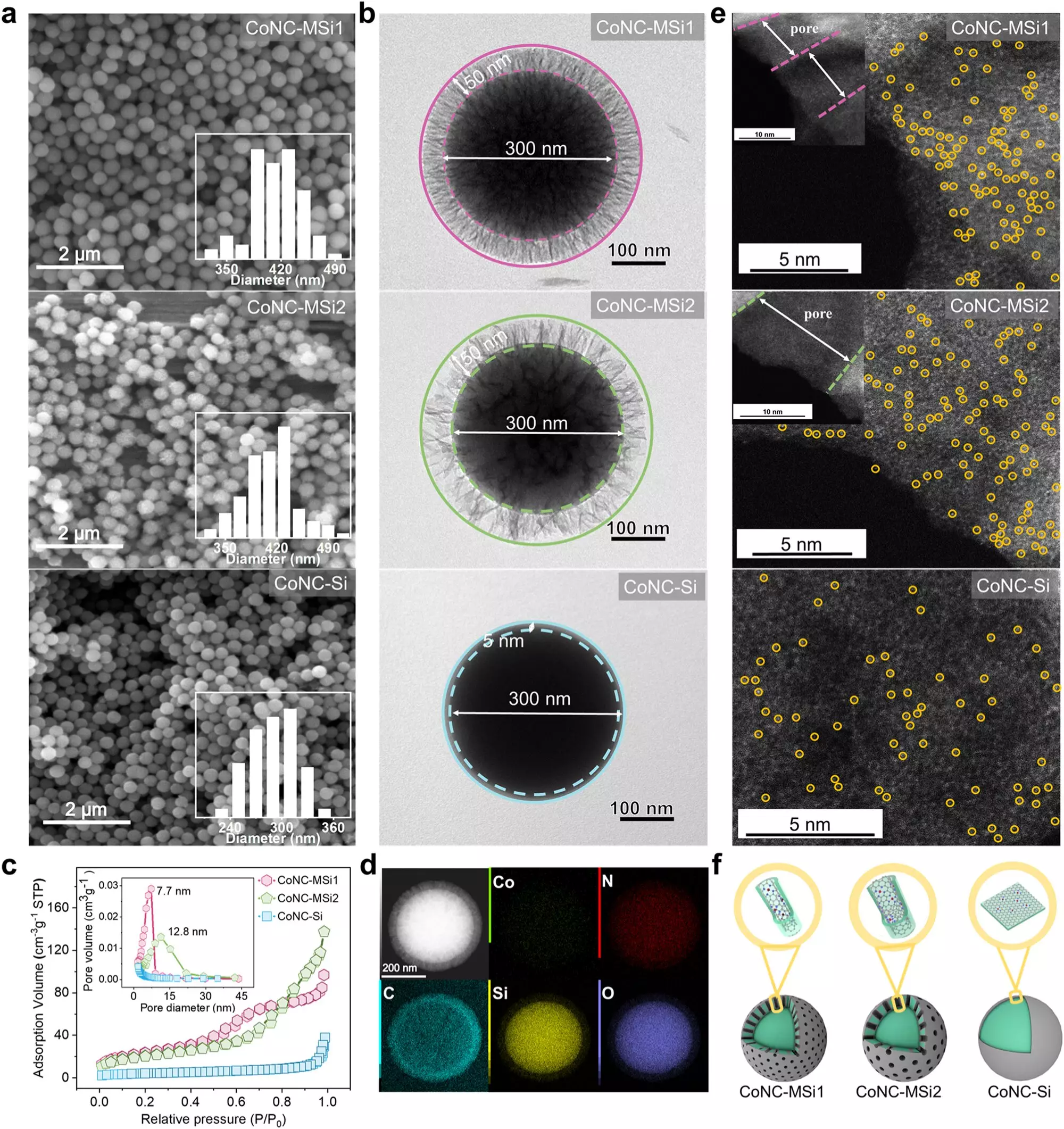In the ever-pressing field of water pollution control, a significant breakthrough has emerged, reshaping our understanding of catalyst efficiency. A team of researchers from the University of Science and Technology of China and Suzhou Institute for Advanced Study has introduced a novel methodology utilizing single-atom catalysts (SACs) in a Fenton-like system. Published in **Nature Communications**, their study highlights a transformative approach to degrading pollutants that could have far-reaching implications for water purification technologies.
Conventional water treatment methods have struggled with efficiency when it comes to breaking down harmful contaminants. The reliance on multiple oxidants and the slow kinetic movement of reactants to the catalyst surface have been significant bottlenecks. Researchers have previously recognized the advantages of nano-confinement in improving the performance of SACs, particularly through the concentration of pollutants near the catalyst surfaces. However, the complex mechanisms behind these improvements were not entirely clear, leaving a gap in knowledge regarding optimal catalyst design and operation.
Innovative Confinement Techniques
Addressing these challenges, the USTC team employed advanced techniques to confine single-atom catalysts within incredibly small pores in silica particles. This innovative design not only enhanced the local concentration of reactants but also initiated a transformative change in the reaction pathway. Rather than the traditional reliance on reactive singlet oxygen, which often limits the efficiency of pollutant breakdown, the team’s approach shifted toward a direct electron transfer process. This change significantly increased the rate of pollutant degradation, achieving a remarkable 34.7-fold improvement compared to traditional methodologies.
Efficiency Gains and Environmental Implications
The implications of their findings are profound. The efficiency of oxidant utilization soared from 61.8% to an impressive 96.6%, marking a major advance in the effectiveness of water treatment systems. Their research demonstrated robust performance in degrading various electron-rich phenolic compounds, substances known to pose significant risks to aquatic ecosystems. Tests conducted in natural lake water conditions confirmed the technique’s adaptability and effectiveness across different environmental settings, reinforcing its potential for real-world application.
The insights gained from this research not only pave the way for enhanced water purification methods but also contribute to a deeper understanding of how nanoconfined catalysts operate. This newfound knowledge could be instrumental in developing low-carbon water purification technologies that are both efficient and environmentally friendly. As researchers explore the possibilities of advanced oxidation processes, the innovation encapsulated in these findings presents a promising future where clean water is more accessible, improving public health and environmental sustainability.
The recent advancements in SACs represent a significant leap forward in tackling water pollution. By unveiling the intricate mechanisms of catalyst efficiency and harnessing the power of nanotechnology, this research heralds a new era of water purification strategies. As environmental challenges continue to loom large, the potential for innovative solutions such as this one could play a crucial role in safeguarding our natural resources for future generations.

